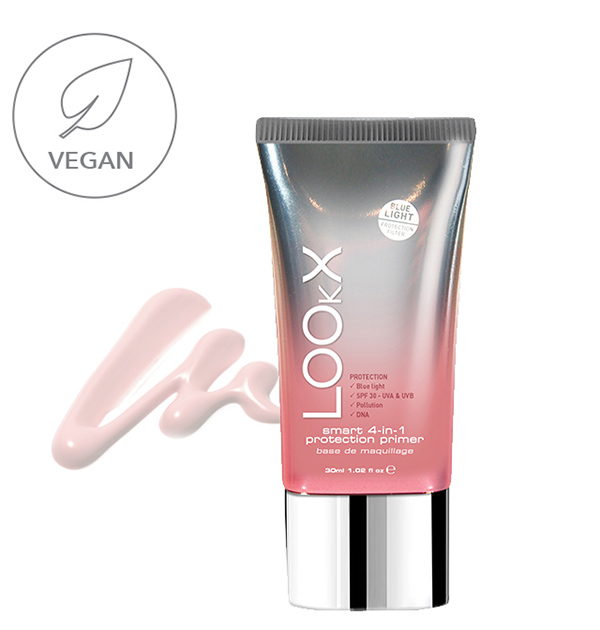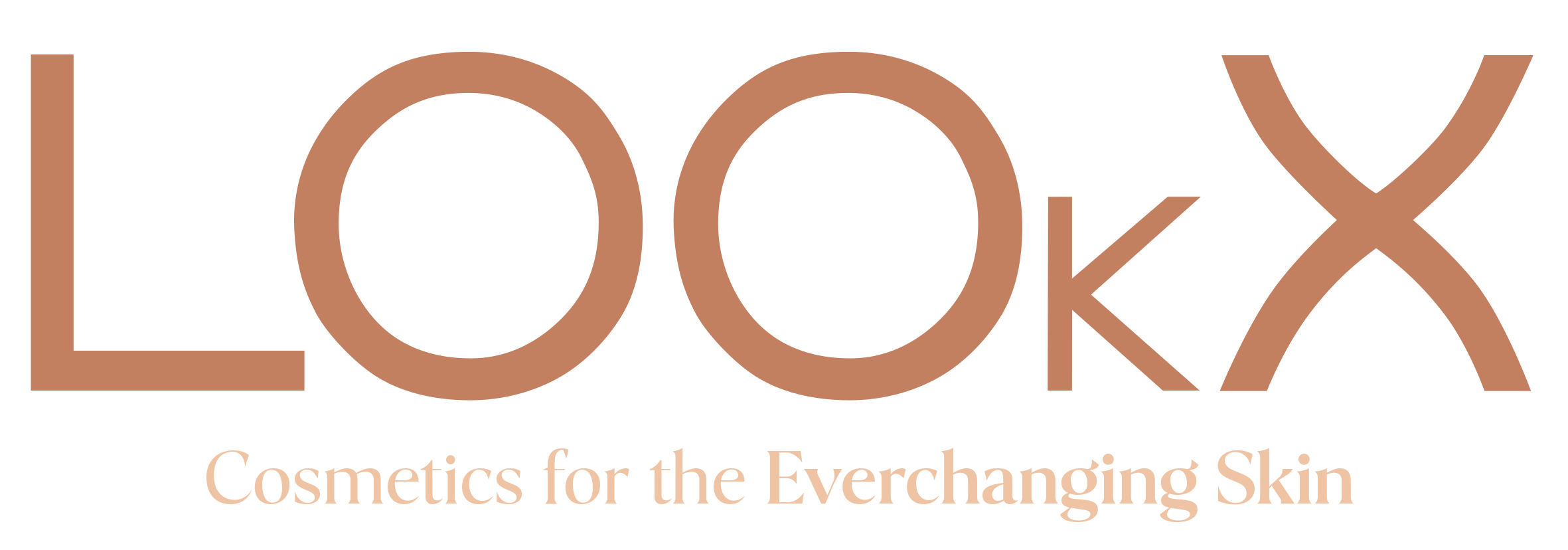We all know we need to protect our skin from UVA and UVB radiation to prevent premature ageing. But from various sources it has become clear that blue light, from (mobile) devices, can have negative effects on the skin as well.
Is it a proven fact, or not? At LOOkX, we’ve been getting a lot of questions about this. Time for a closer (scientific) look.
What is blue light?
Sources of blue light are the sun, and digital equipment. This light can penetrate the skin even deeper than UVA and UVB. Dermatologists have confirmed that blue light can penetrate into the dermis (where our collagen and elastin are stored), resulting in premature ageing and hyperpigmentation.
Our mobile phone is an integral part of our life. On average, we check it 150 times a day. A 2016 study shows that American adults get exposed to more than 10 hours of screen time a day.
Which means that nowadays, the amount of screen-radiation by far exceeds that of the sun. How they compare? Four workdays of 8 hours behind a computer exposes you to the same amount of energy as 20 minutes of full noon sun. Note: 7 minutes of noon/early afternoon sun is enough to tan/get sunburned.
Several other studies have shown that exposure to blue light coming from the sun causes more pigmentation, redness and swelling than a similar amount of UV-radiation.
Moreover, blue light is detrimental to your beauty sleep, because it impedes with the natural circadian rhythm of the skin (sleep-wake cycle). Your skin cells will keep ‘thinking’ it’s daytime, which has great impact on nightly repair processes, which can lead to skin ageing and dark circles under the eyes.

What can you do to protect yourself from the effects of blue light?
1. Combine your regular sunscreen with a blue light protector, especially when you use a lot of digital equipment. The LOOkX Smart 4-in-1 protection primer protects your skin against harmful effects of blue light and UV-radiation with an SPF30. Being a primer of course it also keeps your make-up look as fresh as when you first put it on, for at least 12 hours. But even if you want to go natural, it’s a great combination of protection, extra skincare and a beautiful glow.
2. Don’t keep your phone to close to your face, turn its brightness down by setting it to ‘night mode’ or ‘eye comfort’. This setting will change the blue light to yellow light.
3. Keep track of your screen hours. Try to cut down, ideally you’d want to spend less than 2-3 hours a day behind a screen (provided your line of work will allow that, of course).
4. If you do work behind a screen every day, apart from a blue light filter-cream, protective glasses with blue light filter can be a great help.
Sources and supportive publications:
LOOkX lab skin experts & scientific testing
Journal of Investigative Dermatology 2010
, 2018,
Allure,
Harper’s Bazaar
, The Zoe Report
and Bustle.

